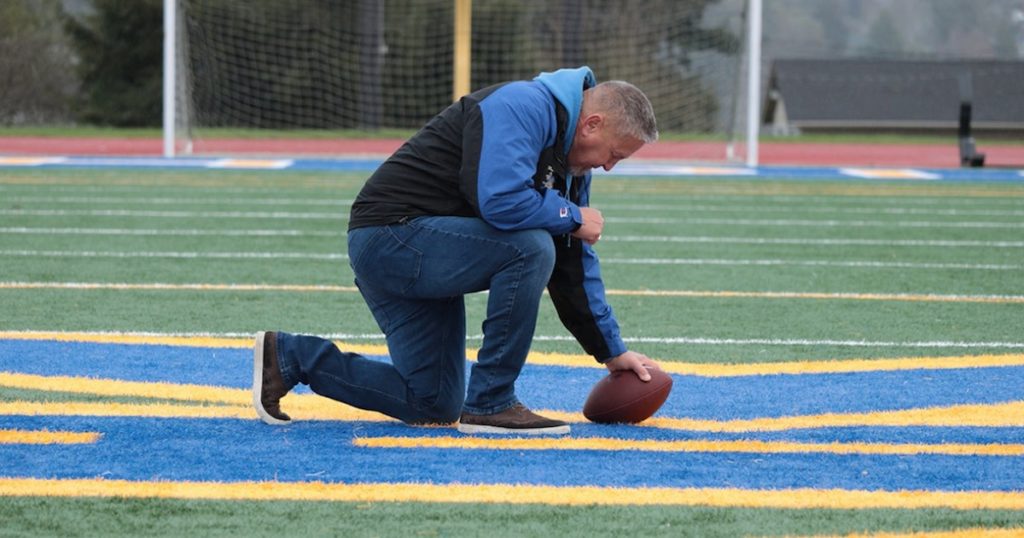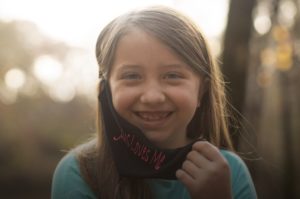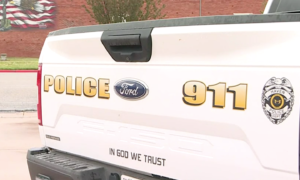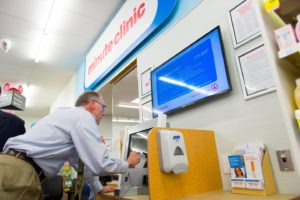Mississippi ranks highest in nation’s religious liberty, new study shows
(Religion Unplugged) – The majority of Americans live with less than half of the legal protections of religious freedom available in other states, according to new research by the conservative…

(Religion Unplugged) – The majority of Americans live with less than half of the legal protections of religious freedom available in other states, according to new research by the conservative think tank Center for Religion, Culture and Democracy.
CRCD launched the Religious Liberty in the States Index on Sept. 14, which rates religious freedom in all 50 states with scores analyzing 11 categories of state laws and regulations — from safeguards allowing health care providers to refuse to provide abortions to absentee voting based on religious conviction to childhood immunization exemptions. The research attempts to capture the impact of these laws on both religious organizations and individuals.
According to the index, the three states with the most religious freedom are Mississippi, Illinois and New Mexico. California, West Virginia and New York rank lowest for religious freedom in the country.
Results range from as low as 16% to a high of 82%.
“No one earned a perfect score!” Estelle said.
Trey Dimsdale, an executive director of CRCD, is familiar with the culture and politics of Mississippi, ranked number one. For him the biggest surprise is Illinois, which is a close second on the index.
“There are all these protections that are built into the law in Illinois that provide legal space for religious people to freely exercise their faith,” Dimsdale said in a phone interview with ReligionUnplugged.com.
New think tank, big plans
CRCD is a new think tank established in 2020. It is an integral part of First Liberty Institute, the largest nonprofit law firm in the country solely focused on religious freedom. First Liberty Institute represented public high school football coach Joseph Kennedy at the Supreme Court, which ruled this summer to uphold Kennedy’s right to pray on the field after each game.
“Our center has a broader mission than just religious freedom,” Dimsdale said. “Our focus is on civil society. We are making arguments for the good of religious people, religious institutions and religious ideas in the public square.”
Mark David Hall, John Arthur Nunes and Wilfred McClay, among other well-known conservative scholars, are fellows at the center.
Until now, CRCD has organized colloquiums, fellowships and seminars for college and graduate students about religious freedom. The center’s leadership decided to expand the scope of activities by establishing the Journal of Religion, Culture and Democracy and more recently launching the Religious Liberty in the States Index.
Dimsdale believes that the index will make his center stand out among other religious freedom organizations. “The index is one of the first major projects we are launching — that’s the CRCD’s branded initiative,” Dimsdale said.
Unique project: Religious Liberty in the States Index
After months of contemplating empirical ways to measure religious freedom in the United States, David Holmes, chief operating and financial officer at First Liberty Institute, decided that an index would be the most sustainable method.
“As a Wall Street executive, I was very familiar with using index methodologies to capture summary, quantitative information about securities markets,” Holmes said. “They are in widespread use to inform market participants, governments and the public about asset prices, volatility and performance.”
Holmes believes that survey-based data is not an especially helpful way to objectively measure religious bias.
“In such surveys, respondents are often influenced by recent anecdotal hearsay and sentimentality, rather than by the verifiable existence or absence of variables that more accurately depict whether religious tolerance exists or not,” he said.
Since First Liberty Institute and the CRCD don’t have a full-time social scientist on the staff, the leadership looked externally and hired Sarah Estelle, associate professor of economics at Hope College.
“Sarah brings a high level of technical competence and the high standards that were required to make this happen,” Dimsdale said.
Since November 2019, Becket Law has published a Religious Freedom Index that tracks public opinion across a spectrum of issues related to religious freedom. Becket’s index uses qualitative methods (surveys on experiences of religious freedom) while Religious Liberty in the States Index is quantitative (comparing data on the impacts of laws).
Estelle is aware of Becket’s work and makes a clear distinction between the two projects.
“Becket’s work is focused on the stage of what I call a production function of religious liberty,” Estelle said. “They are focused on what is going on in people’s attitudes toward their neighbors and their neighbors towards them.”
The CRCD project has received some praise from the left side of the political spectrum too.
“The index is unique in its focus on U.S. states and not more generally on federal law and cases; in seeking to measure how state laws and regulations protect (or don’t) religious freedom, rather than mainly looking at court decisions; in attempting to develop a rigorous frame that allows systematic comparisons between states and over time; and in giving great attention to how laws and regulations affect the religious freedom of organizations, not just individuals,” wrote Stanley Carlson-Thies — founder of Institutional Religious Freedom Alliance and a member of the church-state task force of former President Obama’s Advisory Council on Faith-Based and Neighborhood Partnerships — in an email interview with ReligionUnplugged.com.
“The sponsoring organization (CRCD), principal researcher, and the index’s advisory council are serious, careful scholars and experts,” he added.
Changing the narrative
Kelly Shackelford, president and chief executive officer of First Liberty Institute, was a frequent guest of former U.S. President Donald Trump at the White House. For many, this would cast a partisan and biased shadow on the index.
But for Jordan Ballor, religious freedom is not a partisan issue.
“One of the things we’ve learned arising from this project is that religious liberty is not simply a kind of left versus right, blue versus red state issue. You can have red states that don’t do well in protecting religious liberty and blue states that do well, and vice versa,” said Ballor in a phone interview with ReligionUnplugged.com.
Some left-of- center organizations such as the Southern Poverty Law Center have created the narrative that promoting religious freedom in the public square is a justification for Christian bigotry and anti-gay discrimination. Religious Liberty in the States Index debunks this idea.
“Polarization is deep and it seems that there is less of a public and political consensus on the importance of upholding religious freedom now than a decade or two ago,” wrote Carlson-Thies. “I’m not sure how much influence an index can have on those who have grown skeptical about the goodness of religious freedom.”
Samuel Goldman, associate professor of political science at George Washington University and executive director of the John L. Loeb Jr. Institute for Religious Freedom, shares this opinion.
“I don’t think the index will overcome polarization, but it does demonstrate that religious freedom is not only a matter of concern to conservative Christians,” Goldman said.
Since there is no clear red versus blue state divide on religious freedom, one could hope that religious liberty can be perceived as a nonpartisan issue that could be a basis for building a constructive dialogue in a deeply divided country.
Going forward
The center’s leadership plans to publish the index annually and create a recognizable brand. Although he is proud of the project’s outcome, Dimsdale believes that there is a lot of space for improvement and future work.
Carlson-Thies says that the greatest challenge for the index is to find a way to compare real religious freedom beyond similar laws and exemptions.
Goldman thinks that the greatest weakness of the index is that there is more data to consider and integrate. He hopes this would be possible in future versions of the index.
“The index compiles a large, accessible dataset that scholars can use for new analysis, supplement with other data or compare to their own findings,” Goldman said. “That’s a basic service to the academic community, which promises — even if it doesn’t always provide — informed debate based on careful evaluation of widely available evidence.”
Holmes hopes that the index’s influence will go beyond academia.
“I suspect that a wide spectrum of groups and individuals will be interested in the index,” he said. “It could motivate legislators to institutionalize procedures and statutes that inhibit religious bias. Politicians may use the index to summarize how their states fare relative to other states and move to make changes in the ways that their constituents desire. The electorate itself could take notice of index rankings and push politicians to affect change.”



